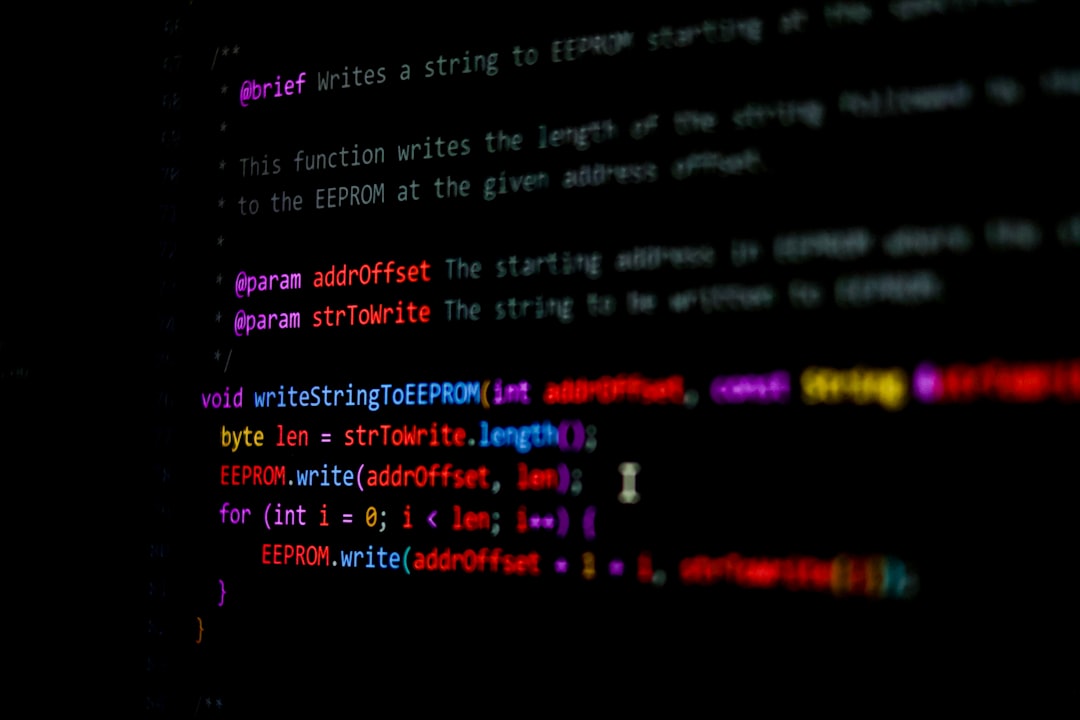
OAuth Authentication Debugging Strategies for DHCP Issues
In the realm of DevOps, understanding the intersection of OAuth authentication and DHCP (Dynamic Host Configuration Protocol) can be crucial for maintaining robust security and network efficiency. As organizations increasingly adopt cloud-based solutions with microservices architectures, the need for effective debugging strategies that encompass both OAuth and DHCP becomes paramount. This article will delve into practical debugging strategies, emerging trends, and tools that can assist in resolving OAuth authentication issues related to DHCP.
Understanding OAuth Authentication and DHCP
OAuth is an open standard for access delegation, commonly used for token-based authentication and authorization. It allows users to grant third-party applications access to their information without exposing their credentials. On the other hand, DHCP is used to automatically assign IP addresses and manage network configuration for devices on a local network.
When dealing with OAuth authentication in environments where DHCP is employed, issues can arise due to misconfigurations, network changes, or even token expiration. Identifying and resolving these issues is essential to maintaining seamless user experiences.
Common OAuth Authentication Issues in DHCP Environments
Token Expiration and Renewal
One of the most frequent challenges is the expiration of OAuth tokens. In a DHCP environment, where devices frequently change IP addresses, an application might fail to renew its token if it cannot communicate with the authorization server. To debug this, ensure that the application correctly handles token expiration and implements a robust token renewal mechanism.
IP Address Changes
When a device’s IP address changes due to DHCP, it might lose its session with the authorization server. This can lead to failed API requests and a poor user experience. Monitoring DHCP lease times and ensuring that critical devices have static IP addresses can mitigate these issues.
Misconfigured Redirect URIs
OAuth relies heavily on redirect URIs for successful authentication. If a device obtains a new IP address and attempts to redirect to an outdated URI, authentication will fail. Conduct a thorough review of your OAuth settings and ensure that redirect URIs are configured correctly and are accessible from all devices on the network.
Debugging Strategies
1. Logging and Monitoring
Implement comprehensive logging for both OAuth authentication processes and DHCP leases. By analyzing logs, you can identify patterns and pinpoint where failures occur. Tools like ELK Stack (Elasticsearch, Logstash, and Kibana) can help visualize and monitor these logs effectively.
2. Use of Network Analysis Tools
Employ network analysis tools such as Wireshark to capture and inspect the traffic between clients and the authorization server. This can help you identify where the breakdown occurs—be it a token not being sent, a failure to renew, or miscommunication due to IP changes.
3. Regular Configuration Audits
Conduct regular audits of your OAuth and DHCP configurations. Check for expired tokens, misconfigured redirect URIs, and ensure that your DHCP settings align with your network requirements. Automating these audits can save time and help maintain consistency.
4. Implement Health Checks
Develop health check mechanisms to monitor the connectivity between your applications and the OAuth server. If a connection fails, log the event and trigger alerts to enable swift resolutions.
Emerging Trends and Practical Applications
As the landscape of DevOps evolves, so do the tools and techniques for debugging OAuth and DHCP issues. The rise of serverless architectures and containerization means that traditional debugging strategies may need adaptation. Tools that integrate with platforms like Kubernetes can help ensure that OAuth tokens are managed effectively across dynamic environments.
Moreover, the adoption of mutual TLS (mTLS) can enhance security in OAuth implementations, particularly in DHCP networks where device identities might change. By ensuring that both the client and server authenticate each other, you can reduce the risk of unauthorized access.
Further Reading and Resources
- OAuth 2.0 Simplified
- Understanding DHCP
- Using Wireshark for Network Troubleshooting
- ELK Stack Documentation
Glossary
- OAuth: An open standard for access delegation.
- DHCP: A network management protocol used to dynamically assign IP addresses.
- Token: A piece of data that serves as a credential for accessing resources.
By adopting these strategies and staying informed about emerging trends, you can effectively navigate the complexities of OAuth authentication in DHCP environments. If you find this information valuable, consider sharing it with your peers or subscribing to our newsletter for more insights into DevOps best practices.


